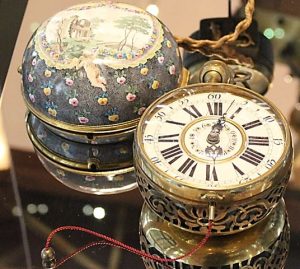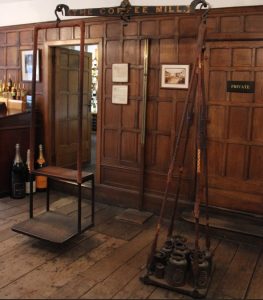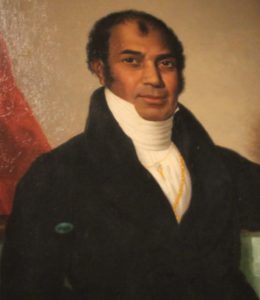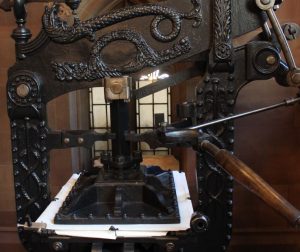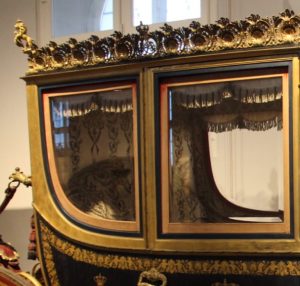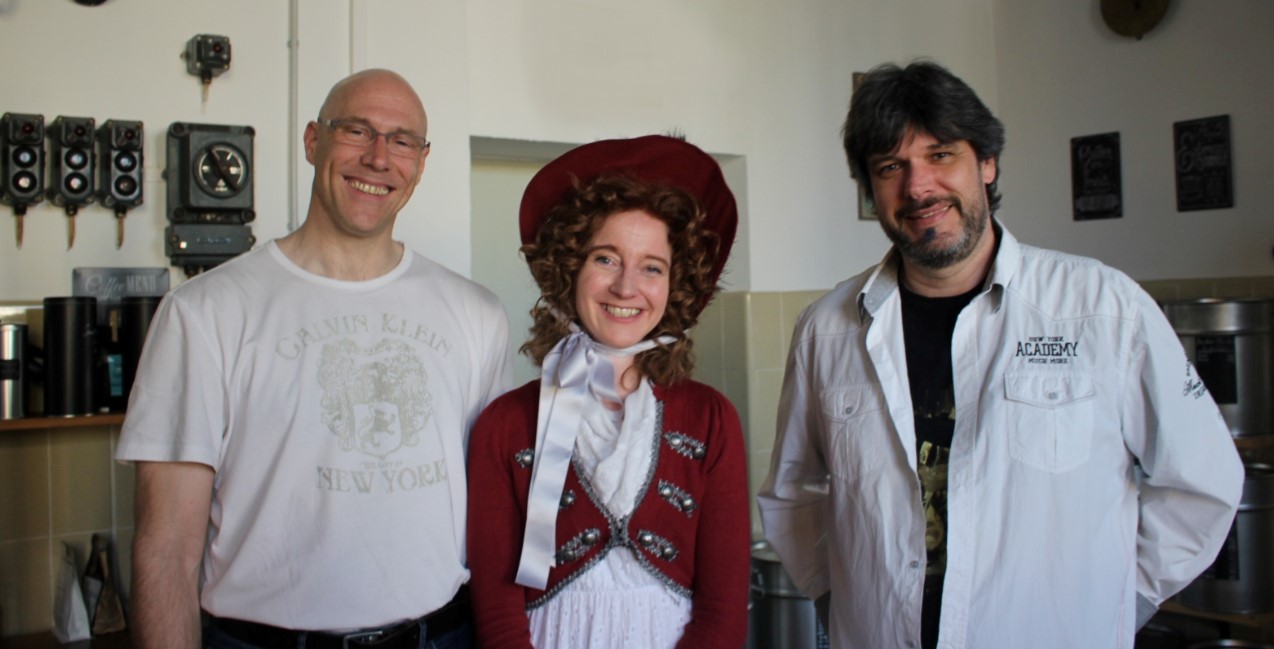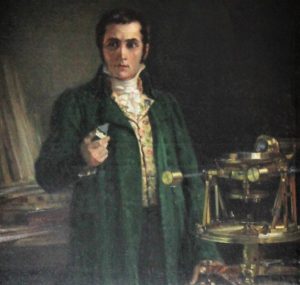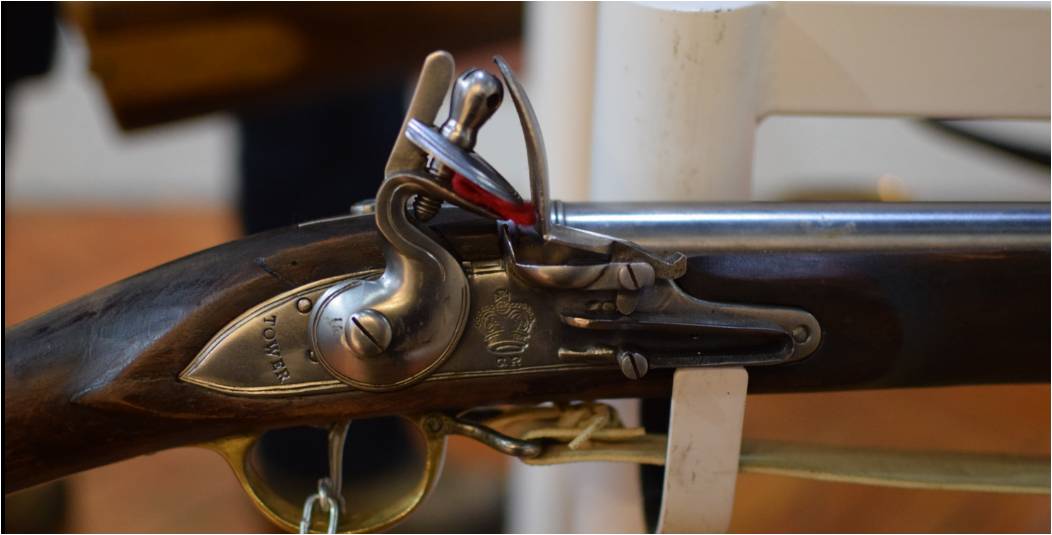 Compiègne was one of three seats of the French royal government. The royal residence we know today, the Château de Compiègne, was built for Louis XV. Napoleon restored the château after it was left gutted during the French Revolution, and he ordered it to be made habitable again in 1807. He had its layout altered, a ballroom added, and the garden replanted.
Compiègne was one of three seats of the French royal government. The royal residence we know today, the Château de Compiègne, was built for Louis XV. Napoleon restored the château after it was left gutted during the French Revolution, and he ordered it to be made habitable again in 1807. He had its layout altered, a ballroom added, and the garden replanted.
But what did the restless French emperor do with another palace? Well, he lived there with his young bride, Marie-Louise, and it was there where they spent their first night together. Continue reading


